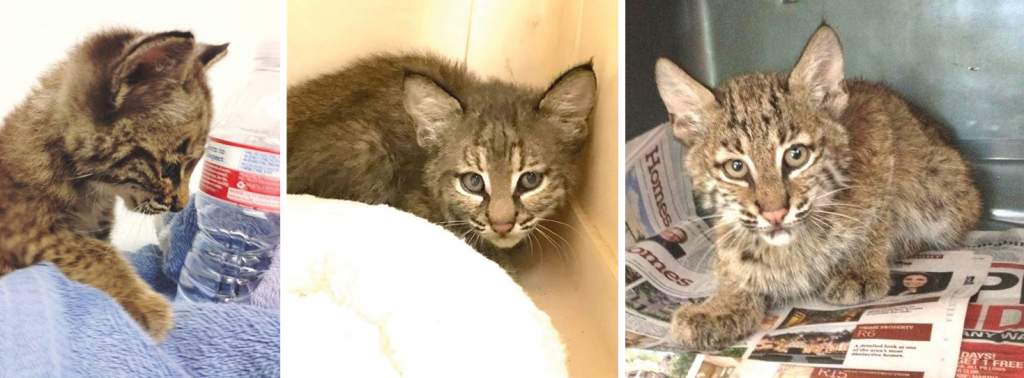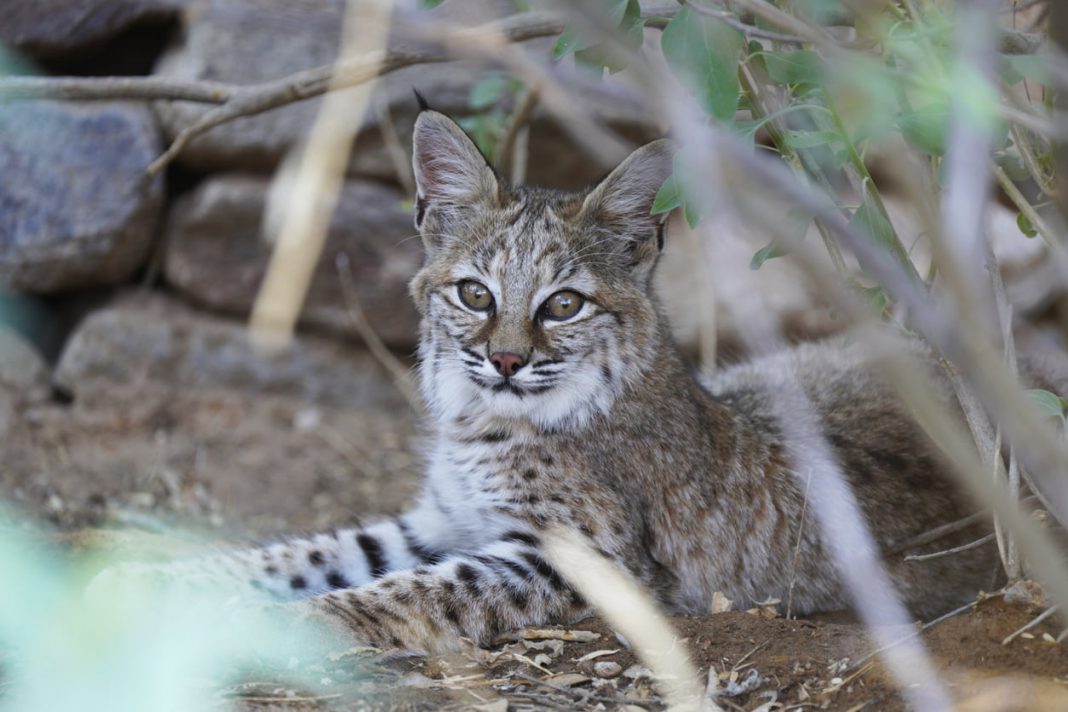Many of us living in Southeast Texas reside in more developed, suburban areas. We are somewhat used to seeing the local wildlife, mainly songbirds, squirrels, opossums, raccoons, and even deer. However, most of us are not aware of or prepared to see a bobcat prowling around our neighborhood, and the first reaction to seeing one is often an overreaction. This month’s article will dispel some myths and give some facts about the “dangers” of coexisting with bobcats in suburban, or even urban, areas.
According to a recent study by Texas Parks & Wildlife, bobcats are learning to adapt to development and the ever-changing landscapes of Texas. A study published in 2019 indicated a high density of bobcats in metropolitan areas; this is due to the adaptiveness of the bobcats and the fact that suburban and even urban area can still support a bobcat’s needs. It is not that bobcats are moving into our neighborhoods, but rather we are moving into the bobcat’s territory, and they are quickly learning to adapt. Although it was assumed in the TPWD study that streets and roads would present barriers to the movement of bobcats, it was found that the cats adapted and learned to follow creeks, streams, and rivers to move from area to area. In the same study, it was shown that suburban and urban areas were more than adequate to support the dietary needs of these cats. Bobcats that had been killed by cars were examined to learn what their diet consisted of; in one bobcat alone, they found 23 rats, which we can probably all agree that we would probably rather not coexist with in our yards. In addition to rodents, bobcats feed on other small animals such as rabbits and birds.
Bobcats are typically about twice the size of a domestic cat. The males tend to be slightly larger than females; males average about 20 to 25 pounds and females average about 15 to 20 pounds. Occasionally males in the 30 to 35-pound range are found. As their name implies, they have short, stubby “bobbed” tails. They average 25 to 35 inches in length and stand 15 to 20 inches tall at the shoulder. Generally, their coloration is a cream-buff shade, mottled with spots. Some bobcats will appear a bit more gray or brown. The fur on their underside is lighter and is also spotted. They have excellent eyesight and hearing, and they are ambush hunters. Bobcats are solitary animals and do most of their hunting at night. Their range varies with how available prey is; it may cover as much as fifty miles or as little as five. When prey populations are high, a bobcat may travel as little as half a mile a day. Attacks by bobcats on humans are extremely rare, but they can certainly pose a risk to small dogs and cats. Since bobcats are by nature quite secretive, should one approach a human or seem aggressive it is most likely sick or rabid as this would not be normal behavior.
Males and females typically only come together for breeding, which begins in February. After about fifty days gestation, the young are born in dens with the mother exclusively providing their care. Litter sizes vary from two to seven, but two kits are most common. The newborn bobcats are born with eyes closed, but they are well-furred and spotted. They are tiny at birth, weighing only ten to twelve ounces, and they are completely dependent on their mother’s milk. Their eyes open at about nine days of age. When the kits are about a month old, their mother will bring prey back to the den for them to begin eating some solid food. At this age they are beginning to walk and getting more agile. The kits are weaned by two months of age; at this point, they could survive on their own if needed, although they would generally stay with their mother until early fall.
If you are ever lucky enough to “spot” one of these gorgeous cats, there is no need to panic; they really pose no risk to people (although you should never leave small pets outside unattended if bobcats are known to be in your area). They will no doubt keep your neighborhood rodent free, and they really are more afraid of you than you should be of them.
To learn more about what we do and view pictures of many of the animals we assist, please visit our Facebook page at www.facebook.com/SavingTexasWildlife. Details and specifies-specific flowcharts regarding how to help found animals can be found on our website www.ftwl.org (click on “Help and Advice”). These charts are extremely helpful to determine if an animal truly needs rescuing or not. If you need assistance with a wildlife animal you may have found, please call us at 281-259-0030 or email us at [email protected]. Our educational programs, including camps and Second Saturdays, have resumed using our outdoor classroom space. Our educational visitor’s center is open the second Saturday of each month from 10 a.m. to 2 p.m., located at 29816 Dobbin Hufsmith Road, Magnolia, Texas, so the next open house date will be Saturday, June 12 ($5 per person, kids under 2 free). Details about upcoming summer camps (and links to register) are posted on our website as well as information on birthday parties and other educational opportunities.
















